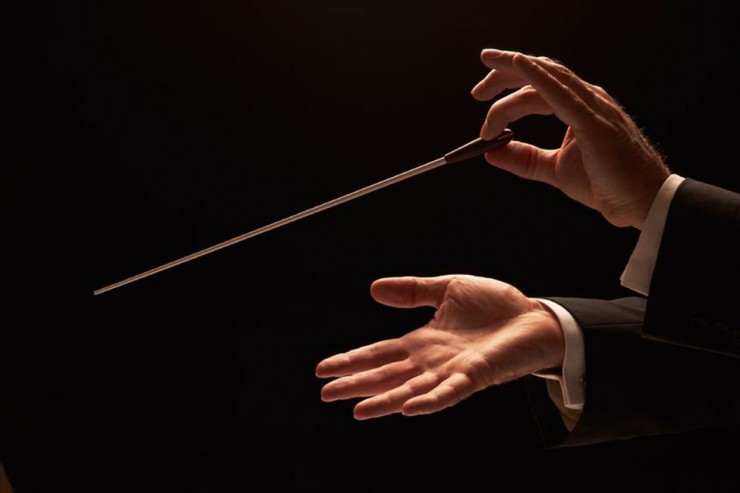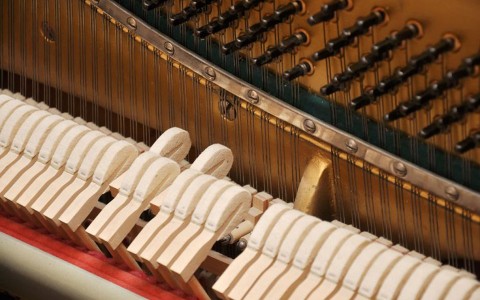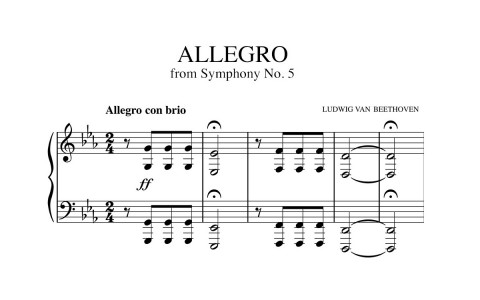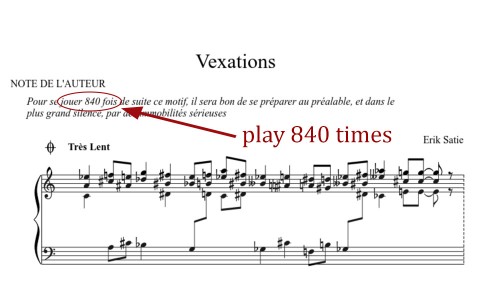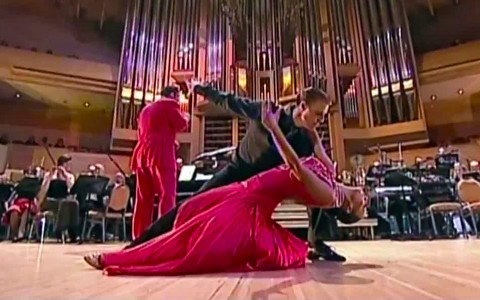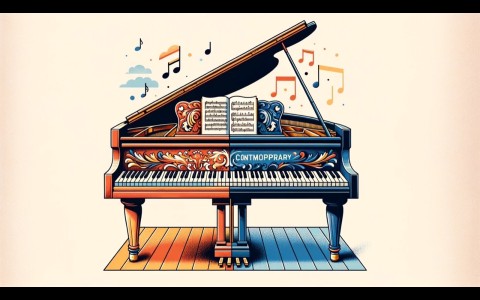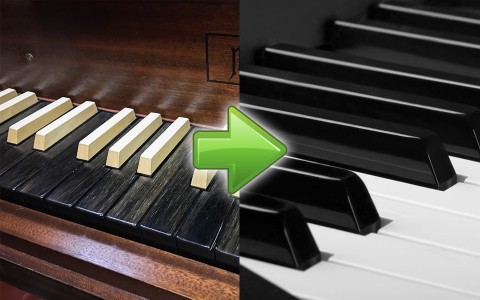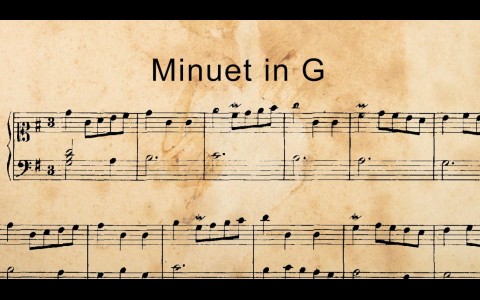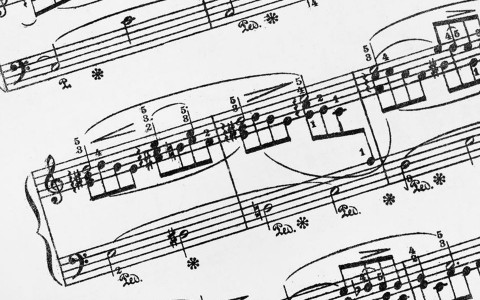A baton is a short stick or anything resembling one. In the hands of a conductor however, it transforms into an instrument of meaning, its movement becoming a form of sign language that conveys musical ideas. Through this language, a conductor, and a conductor’s baton, have an important influence on the way an orchestra sounds.
Conductors ‘speak’ silently to musicians with their gestures (since they can’t very well be yelling to the players during a musical performance!) and over the ages, many conductors have elected to use a rod of some form to augment their gestures.
Traditionally, conductors used violin bows or rolled pieces of paper, as orchestral ensembles were often led from the lead violin or the keyboard. The first reported use of a conducting staff in a performance dates back to 709 BC in ancient Greece, where a conductor was described to be ‘waving a golden staff’.
Extravagant batons continued to be created since then, with a historical example in the mid-1850s described as “a gorgeous baton made of maplewood, richly mounted in gold and set with costly diamonds.” Such lavishly-made batons available today are for display rather than use, ranging from carved ebony batons to forbidden ivory and silver artefacts.
In the 16th to 18th centuries, conductors frequently used six-foot-long wooden staffs to beat time by banging them vigorously against the floor. This posed an unusual occupational hazard, which an incident recorded in 1687 illustrates: Jean-Baptiste Lully, an eminent musician in the royal French court, accidentally struck himself in the foot during a performance- The wound turned gangrenous and eventually led to his death a few months later!
Although using one’s bare hands to conduct is a feasible (and not to mention, safer) option as long as one is able to communicate clearly, the use of batons is a convenient way of enlarging and enhancing physical movements, similar to how fans at a sports game might choose to wave flags to express their support. Expanding on the same analogy, just like how people often use flags of their own design, conductors often choose to customise their own batons.
Ever since the 19th century when shorter batons gained popularity, these musical wands have appeared in a predictable assortment of manifestations, differing mainly in aesthetics, material, length, and grip.
The first batons were slender, conical, and made out of wood with simple engravings to indicate the handle. Now batons still generally resemble narrow tapered sticks, but are commonly made out of not only a range of woods but also graphite, metal and composite materials like carbon fibre and fibreglass.
Baton lengths normally vary from about 250 to 610 millimetres, and their handles can take on any ergonomic shape with balance points designed near or within it.
With modern technology at our disposal, the choice of a baton becomes largely a matter of personal preference. Although conductors have the freedom to select batons practically at whim, they should consider features such as their height, the length of their arms, and the size of their hands or fingers.
In addition, they are expected to wield batons appropriate for the performing context, by taking into account factors such as the type of music, the number and distance of the musicians, the brightness of the lighting, and even the colour of the background.
Profligate variety and cultural history notwithstanding, the baton is but a tool, and the extent of its usefulness is literally in the hands of the conductor.
Despite its striking resemblance to a magic wand, the baton is certainly not imbued with any music-enhancing supernatural properties, so perhaps one can even consider the baton an embodiment of the truism that it’s not what you’ve got, but what you do with it that matters!
